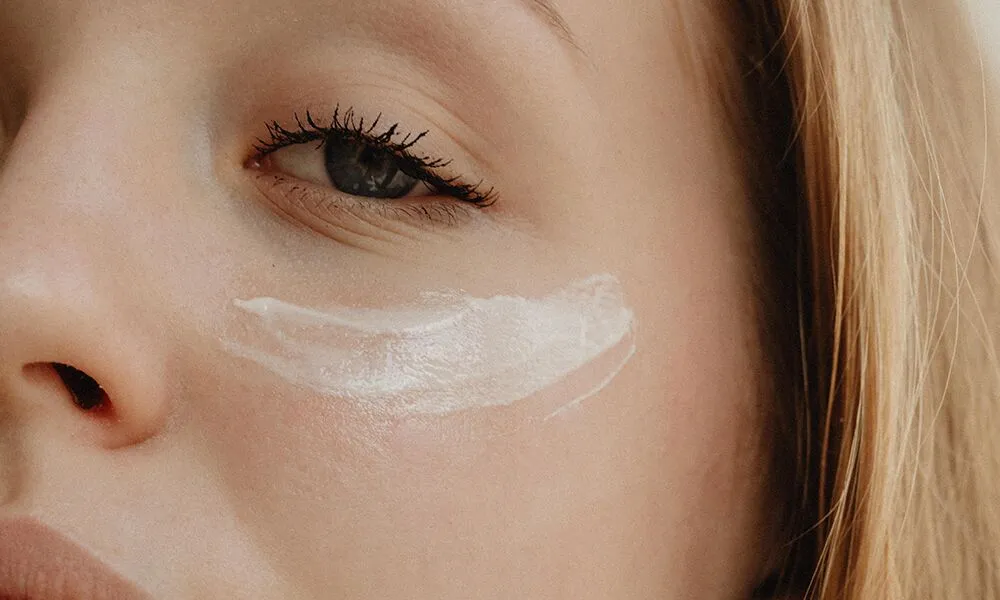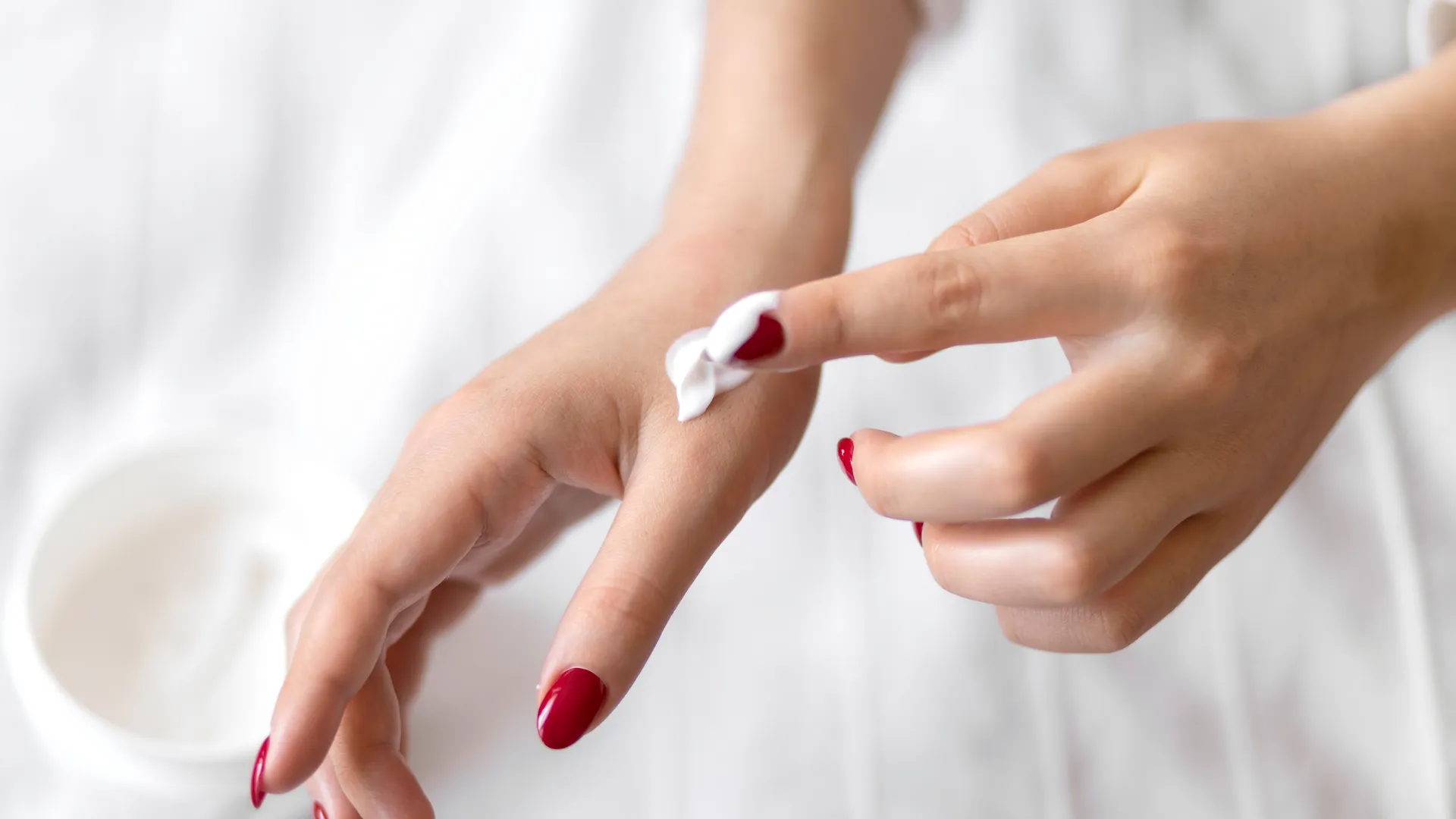You know that sunscreen is a must to protect against cancer and premature aging. You might even know that combining it with a topical antioxidant boosts your benefits.
But do you know the difference between chemical vs physical sunscreen? If waterproof sunscreen is truly proof against the water? Or which chemicals in sunscreen are safer than others?
Don’t worry (and don’t stop using sunscreen!). Golden State Dermatology has answers!
Did You Know?
- Melanoma was first described by Greek philosopher Hippocrates in the 5th century B. C.
- Scottish surgeon John Hunter was the first to successfully remove melanoma in 1787.
- In 1896 Dr. Paul Unna, a German physician, was first to link sun exposure and skin cancer.
- Some credit French fashion icon Coco Channel as the influencer who popularized tanning in the 1920s.
- After getting sunburned while mountain climbing in 1938, Swiss chemistry student Franz Greiter sets out to invent an effective sunscreen. The brand, Piz Buin, still exists.
- The Coppertone girl debuted in 1956, drawn by illustrator Joyce Ballantyne, based on her 3-year-old daughter.
The Better Blocker Sun Quiz: Six Questions for Skin Safety
1. Is There Any Difference Between Chemical and Mineral Sunscreen?
Yes!
Chemical sunscreens are designed to provide broad-spectrum protection, meaning they protect against both UVA and UVB rays. Commonly used chemicals (the active ingredients) include oxybenzone, avobenzone, octisalate, octocrylene, homosalate, and octinoxate. Think of them as a sponge soaking up the sun’s rays.
Physical sunscreens use inorganic mineral compounds like zinc oxide or titanium dioxide as their active ingredients. Think of them like a shield that reflects and scatters rays. Those ingredients are generally well-tolerated by most people, unlike chemical sunscreens which can provoke a skin irritation or allergy.
“Each of us has different skin,” says Payal Pardiwala, FNP-C of Golden State Dermatology in Modesto. “Sunscreen doesn’t have to be complicated or expensive. It’s important to find one that works with your skin and be consistent with daily use. I recommend that they pick one that is broad-spectrum (so it protects against both UVA and UVB) with a minimum SPF of 30 and use it daily (about 20-30 minutes prior to sun exposure).”
2. Does a Higher SPF Mean More Protection?
Yes…up to a point.
The SPF number (sun protection factor) is a measure of the amount of protection the sunscreen offers against UVB rays, which primarily cause sunburn. While higher SPF values do offer slightly more protection, the difference is not substantial. SPF 30 blocks about 97% of UVB rays, while SPF 50 blocks about 98%.
The key is to apply sunscreen generously and reapply it frequently.
3. Does Waterproof Sunscreen Really Last Through Water?
No sunscreen is entirely waterproof or sweat-proof. Even waterproof sunscreen will gradually wear off with water (or sweat!).
If you’re at the beach or the pool all day or sweating heavily (perhaps running a marathon or working in a garden), reapply sunscreen every two hours or more frequently.
4. True or False: If I Have Dark Skin, I Don’t Need to Wear Sunscreen
False!
All skin gets burned and damaged by the sun. When exposed to ultraviolet rays, the skin cells release pigment. We think of pigment (or color) as getting tan or getting burned. All skin reacts that way, it just shows up differently on different skin tones.
Payal Pardiwala, FNP-C shares these three points with her patients:
- Individuals with darker skin tones still get skin cancer.
- Because darker individuals have more melanin (which gives skin its color) they are at a higher risk of developing dark spots (hyperpigmentation) due to sun damage.
- Sun exposure causes premature aging for all skin tones, as such, we should all be wearing sunscreen on a daily basis.
5. True or False: Sunscreen Prevents My Body from Making Vitamin D.
False.
You know your skin is your largest organ, but did you know it’s also a manufacturing facility? When you expose your skin to sun, the ultraviolet B (UVB) rays interact with a protein in the skin called 7-DHC to turn it into vitamin D3. That’s the active form of vitamin D we need for bone health and a strong immune system.
The belief that using sunscreen inhibits that production is a myth. No study has ever shown that, according to the Skin Cancer Foundation.
6. Are the Chemicals in Sunscreen Slowly Killing Me or The Environment?
In 2019 the Food and Drug Administration shared its safety concerns about 12 ingredients in chemical sunscreens. The one that caused the most concern, oxybenzone, has largely been eliminated (but not entirely). The percentage of chemical sunscreens with oxybenzone decreased from 60% in 2019 to 13% in 2023, according to the Environmental Working Group (EWG), a research and advocacy organization in Washington, DC.
Manufacturers removed that chemical due to consumer pushback, not regulation. Oxybenzone has been linked to increased cancer risk and shorter pregnancies, among other risks.
As far as environmental concerns, yes, the chemicals in sunscreen can harm the ocean and the life forms in it. The National Ocean Service created an infographic explaining some of the negative effects (damaging coral and decreasing fertility in fish) and also listing the chemicals to avoid.
If you’re concerned about the chemicals in sunscreen (and remember that what you put on your skin goes into your body), you can:
- Check the bar code on any product against the database of the EWG (look for their Good Health app on your phone)
- Use mineral sunscreen instead of chemical
- Incorporate other sun protection into your routines, like staying out of the sun when it’s high in the sky, and wearing protective clothing
Best Answer: Protect Your Skin
If you remember nothing else about sunscreen, remember to use it. You need protection against the sun to reduce your risk of skin cancer. This isn’t just our advice; this is based on evidence. Again, according to the Skin Cancer Foundation, “Controlled studies have shown that regular use of an SPF 15 or higher broad-spectrum sunscreen reduces your chances of developing squamous cell carcinoma by about 40 percent, melanoma by 50 percent and premature skin aging by 24 percent.”
Apply sunscreen 30 minutes before you go outside – whether it’s cloudy or sunny – and reapply every two hours. And don’t forget hidden spots like the tops of your ears!






